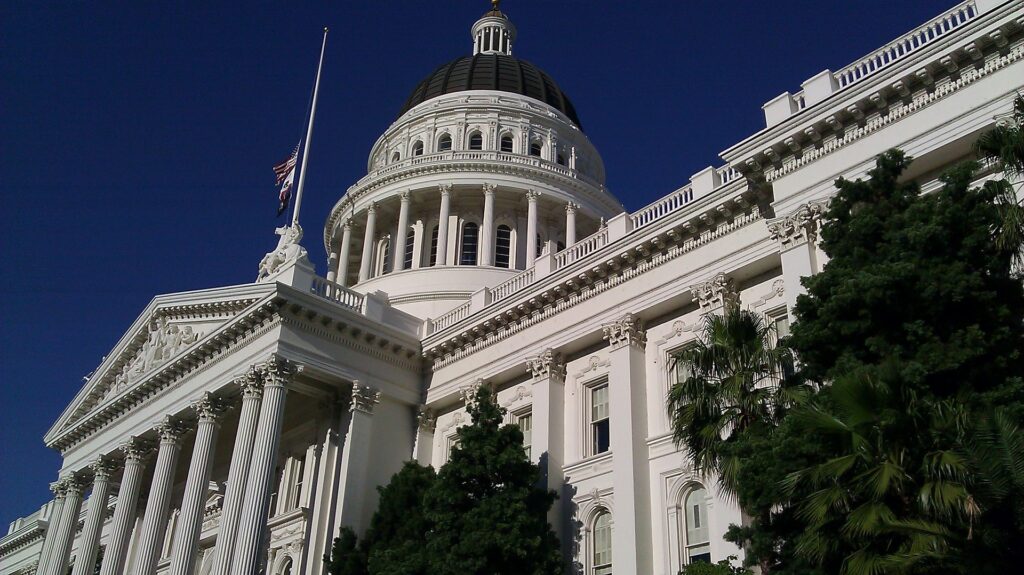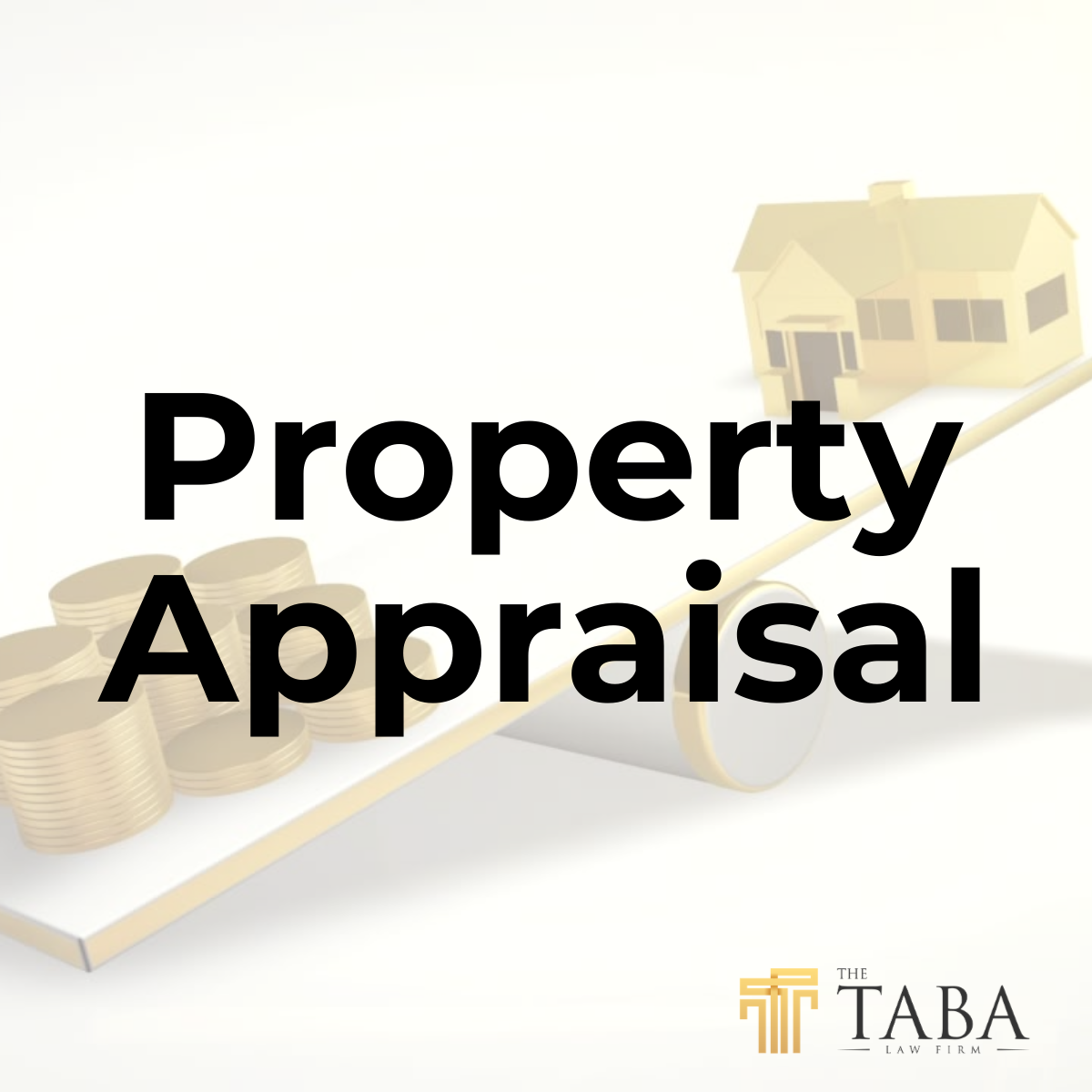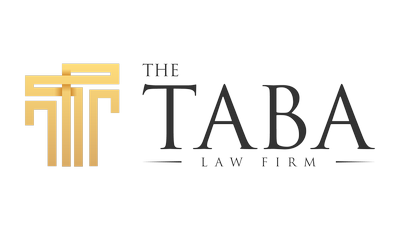
What is Proposition 15?
In 1978, California voters famously passed Proposition 13, which meant that residential, commercial, and industrial properties were to be taxed based on their purchase price. It capped property tax rates at 1% of the purchase price and limited assessment adjustments to only 2% per year. Under the current system, valuation will typically reset only when a property changes hands.
Proposition 15 (“Prop 15”) introduces a split-roll property tax system, amending the California Constitution to require commercial and industrial properties (except those zoned as commercial agriculture) to be taxed based on their current market value, and no longer based on purchase price. The bar for reassessment will be applied to properties whose owners have $3 million or more in holdings in California – perhaps an endeavor to quell small business opposition, whose taxation will continue hinged on purchase price. Nevertheless Prop 15, if passed, will arguably be the largest property tax hike in California history – what proponents of Prop 15 believe to be a necessary attack on 1978’s anti-tax measures and California’s “broken tax system.”
If Proposition 15 passes this year, the change in assessment is expected to phase-in beginning the fiscal year 2022-2023 and increase the property tax burden on commercial activity in California by $8 billion to $12.5 billion annually.
How will the new revenue be distributed?
Prop 15 is titled “Tax on Commercial and Industrial Properties for Education and Local Government Funding Initiative (2020)” [emphasis added]. However, opponents of Prop 15 argue that schools are in fact the lowest of priority.
First, the revenue would be distributed to (a) the state to supplement decreases in revenue from the state’s personal income tax and corporation tax due to increased tax deductions and (b) counties to cover the costs of implementing the measure.
Second, 60 percent of the remaining funds would be distributed to local governments and special districts, and 40 percent would be distributed to school districts and community colleges (via a new Local School and Community College Property Tax Fund).
The 40% revenue appropriated for education would be divided as follows: 11% for community colleges and 89% for public schools, charter schools, and county education offices. There would also be a requirement that schools and colleges receive an annual minimum of $100 (adjusted each year) per full-time student.
Proposition 15 will have substantial costs and a significant “trickle-down” effect on California businesses and consumers.
Prop 15’s seeming overhaul of California’s current property tax system is at the very least ill-timed, if not deemed as a best-shot attempt that simply won’t work.
California is already one of the highest-taxed states. Passing Prop 15 would only plunge California’s economy into a greater deficit devastating businesses, crippled restaurants, and retail stores that have already been hit – and forced to layoff employees and cease operations – by the pandemic.
When taxes go up, there are obvious “trickle-down” consequences. It is uncandid to suggest that a commercial landlord wouldn’t pass the costs of increased property taxes to commercial tenants, or that exempting a property worth less than $3 million in a city like Los Angeles is a compromise. Prop 15 will inevitably result in increased costs for businesses and steeper prices for consumers, and not necessarily for the causes so titled. The retrogressive impacts of Prop 15 will weigh heavily on California.






Stay In Touch